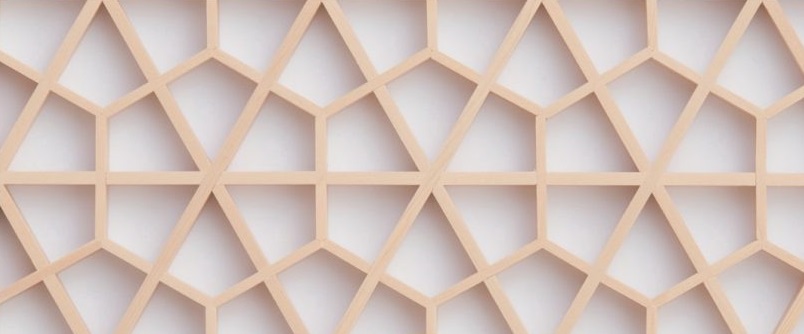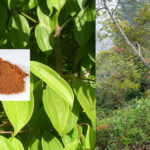Kumiko woodworking is one of the traditional arts of Japan. This technique does not use any metal joints such as nails and even glue is rarely used. Kumiko art has been influenced by the culture of different countries and it is not surprising that each country has changed its patterns according to its interests. Therefore, it can be said that Kumiko woodworking patterns are very extensive and can not be counted nor being listed. However, the traditional Kumiko patterns are still very popular and have their own zealots! You can find all these patterns here.
Kumiko Woodworking Uses
Kumiko woodworking is used in places such as clothing stores, restaurants, offices, reception rooms, decorative items in the form of partitions, wardrobes, entrance doors and separators of rooms and kitchen, etc.
To learn more about this art, see What Is Kumiko Woodworking.

What purpose are you going to use this form of art, can be an important factor in choosing the right pattern of it. However, choosing a pattern in kumiko woodworking largely depends on your taste.
Kumiko patterns can be used in a variety of woodworking projects.
Kumiko Woodworking Patterns
Here are 13 kumiko woodworking patterns along with the image. We have also given a brief explanation for the meaning of each one of these patterns.
Reference for the picture of patterns: www.tanihata.co.jp.
1- Asanoha Pattern
The Asanoha pattern (in Japanese: 麻の葉) is not specific to kumiko woodworking. Asanoha motifs have long been used in sacred rites, as well as for infant clothing to protect against the devil. This pattern means power and beauty in Japan and is one of the common Komiko woodworking patterns.
Lichtenberg Wood Burning eBook

Download Lichtenberg Wood Burning eBook
One of the modern techniques for creating wooden artwork is called Lichtenberg wood Burning. In this eBook, we are going to introduce this newfound art to you.
This technique is known with some different names such as Lichtenberg wood burning, fractal wood burning, and electricity wood art.
This technique should not be confused with wood burning art or pyrography. The art of pyrography on wood is the art of creating motifs and designs by burning with hot metal tools on objects such as wooden surfaces.
Lichtenberg burning is a wood-burning technique for creating designs with electricity.
This eBook is a comprehensive guide on Lichtenberg Wood Burning. All you need to know for Lichtenberg Wood Burning is here.
This is a limited-time offer, order now to get access to the future eBook releases.
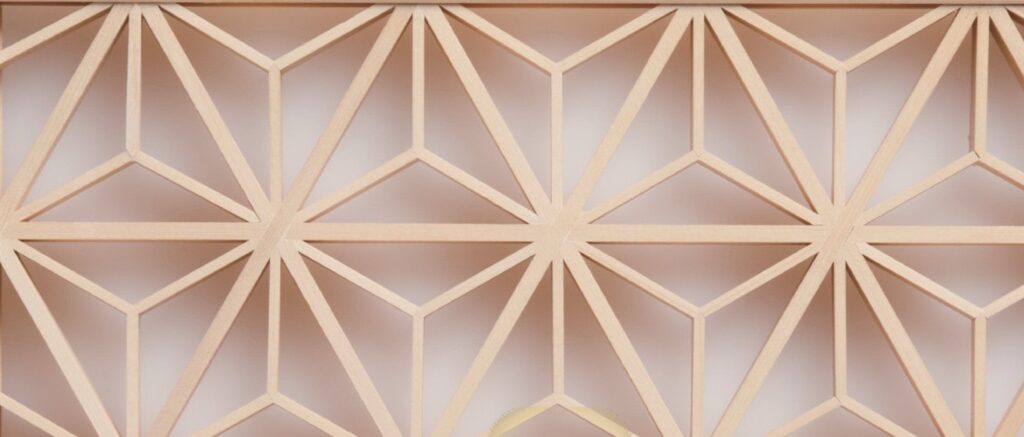
The literal meaning of Asanoha is hemp. This pattern is inspired by hemp leaves.

2- Goma Pattern
Goma (in Japanese: ゴマ) has been a medicine since ancient times and has been used for the longevity of young people. In Japanese restaurants, this pattern is used for the health and longevity of their customers.

3- Sakura Pattern
The cherry tree is the most popular flowering plant in Japan. From ancient times the people believed that their god is in the cherry tree and predicts whether the harvest of rice in the upcoming year will be good or not, and what is the rate of flowering?

The more cherry blossoms, the more harvesting will there be that year!
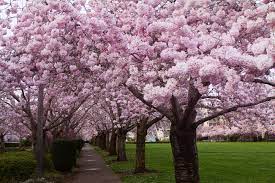
4- Shokko Pattern
Shoko motifs are derived from a pattern found on embossed silk fabrics found in China, and in case you don’t know, in China “8” is the luckiest number used by emperors to live.

5- Saya-gata Pattern
Sayagata is a pattern derived from silk fabric that was imported from China to Japan during the Ming Dynasty. These motifs mean durability and are used by the Japanese people for the well-being and longevity of their families.
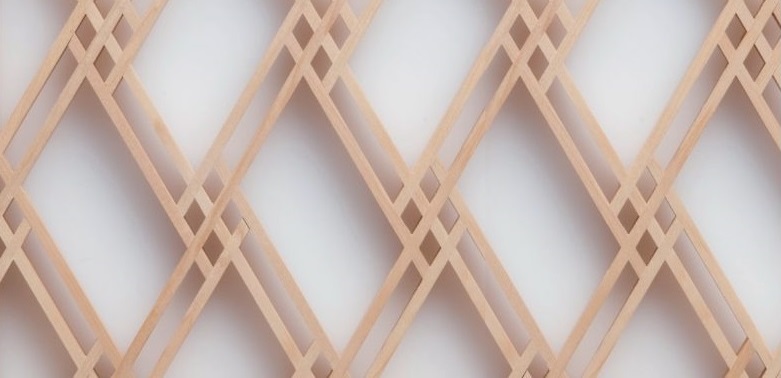
6- Izutsu-Wari-Bishi Pattern
This pattern shows a square fence around aground. These motifs represent the protection of the daily life of the Japanese people, as well as the aspirations of the Japanese people to become a rich and prosperous businessman.

7- Sanjyu-Bishi Pattern
As you can see in the picture, this pattern is made of rhombus geometric shapes and is used in wedding ceremonies in hotels and expresses the desire of the bride and groom’s family to prolong their generation and children.

8- Seikaiha Pattern
This pattern represents the endless waves of the sea and expresses the desire for a happy life for the Japanese people. This is a lucky pattern and is very popular among the Japanese.

9- Shippo Kumiko Pattern
A Buddhist Bible term for gold, silver, agate, pearl, and… which form a ring in a bracelet and hold together for a long time (you must have seen the rosary in the Shaolin TV series).

10- Kakuasa Pattern
The leaves of the cannabis plant are traditional motifs for the Japanese people and bring them good luck. For them, it represents protection against the devil.

11- Kasane-Rindo Pattern
Some Japanese people believe that the language of flowers is something like this: I love you in sorrow, honesty, justice, and tolerance.
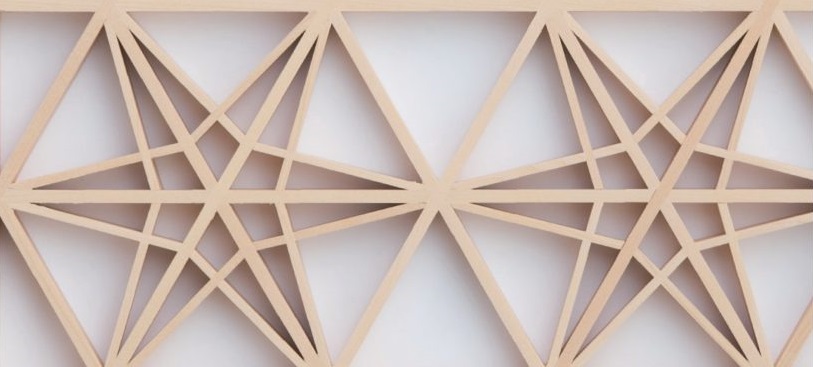
12- Kagome Pattern
This pattern is actually a six-pointed star. This pattern has been used in basket weaving since ancient times in Japan.

This pattern, also known as the Star of David, is used in many parts of the world.

13- Tsumiishi-kikko Pattern
The hexagonal pattern is derived from a turtle. It means that the people of Japan wish for each other to live like turtles for thousands of years.
